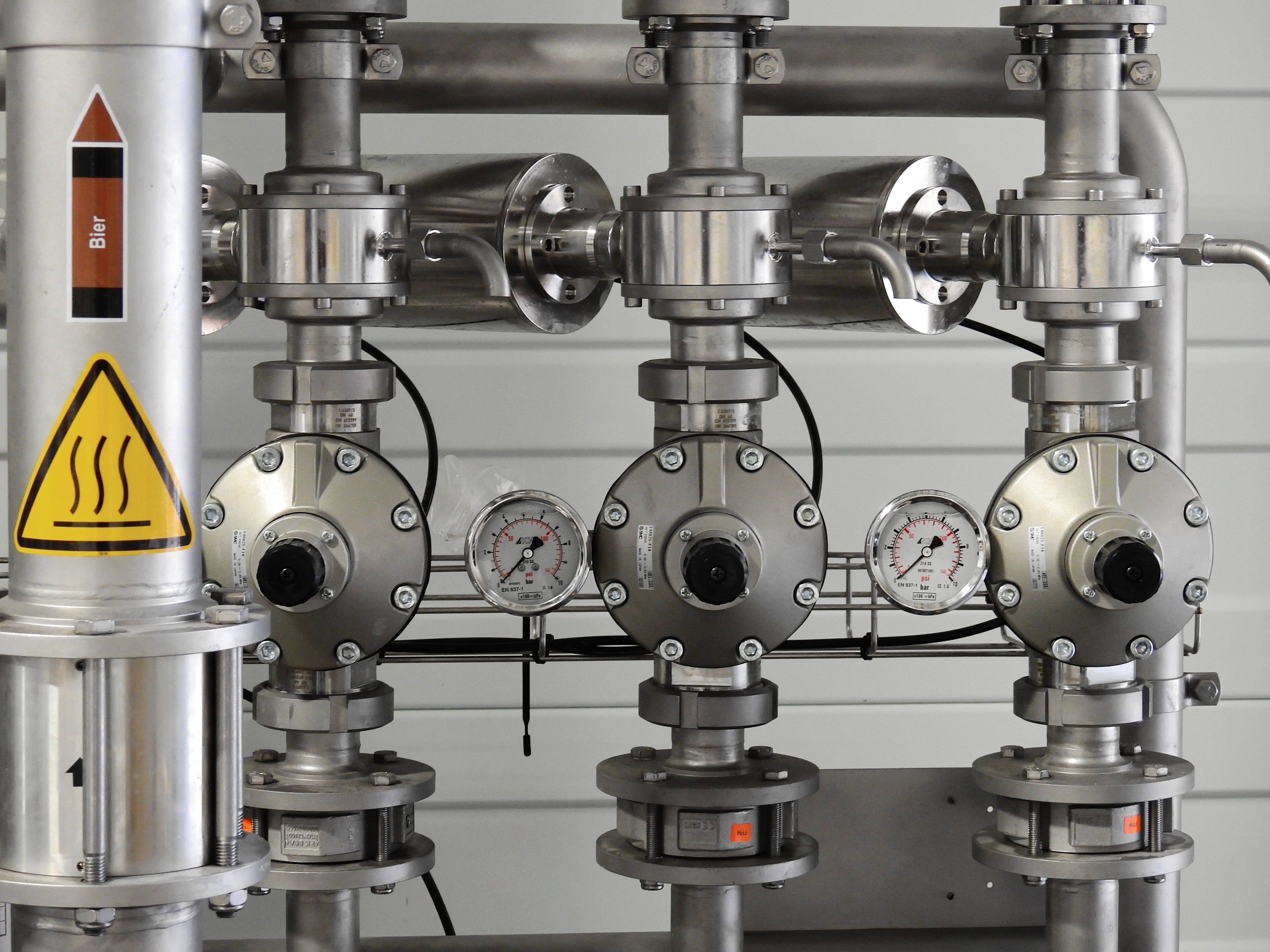When it comes to maintaining the septic tank, a lot of homeowners do not realize the importance of risers on septic tanks. These easy-to-use components allow you to gain access to the system for regular maintenance and inspections. Installing risers on your septic system can eliminate the necessity of digging up the soil for each service. This will save both time and money, as well as decreasing the disturbance to your landscaping. They also decrease the possibility of accidents and injuries during maintenance since they offer a safe access point that is easy to get into.
Effluent management is another critical aspect of maintaining a healthy septic system. The liquid waste that’s released from the septic system into the drainfield to be used for treatment is referred to as effluent. It contains a combination of organic matter, water, and bacteria. As time passes, the solid particles in the effluent can get trapped at the bottom of the tank and create the appearance of sludge. If the sludge does not get treated promptly, it could build up, clog up the system and lead to backups, bad odors and possibly damage to the drainfield. Regularly scheduled pumping and control of effluent ensures that the septic tanks operate efficiently, avoiding blockages and prolonging their lives.

Proper drainage is an essential element of the septic system’s functionality. If wastewater is discharged from your house and flows into the septic tank it goes through a natural process of separation. Solid waste settles at bottom while oil and lighter substances float onto the top of the tank, forming the scum layer. The remaining liquid, known as effluent, exits in the tank before entering the drain field to further absorption and filtering in the soil. Drainage systems that are well-designed allow for smooth effluent flow which prevents flooding and backups. It is crucial to keep the drainage pipes free from debris, roots and other obstructions which can cause obstruction to the effluent. Regular inspections and maintenance on the drainage system will help to avoid costly repairs and environmental contamination.
The right septic system for your house can have a an effect on the cleanliness and efficiency of your property. There are a myriad of options on the market, it’s important to think about a number of aspects before making your selection. The first step is to determine the size of the septic tank based on your household’s average water usage as well as the number of residents. If you have a large family, or property with frequent guests, a bigger tank will be required. Also, it is important to think about the material used in the tank. There are a variety of options, including concrete fiberglass, and plastic. Each has its own advantages and drawbacks in terms of quality, durability, and maintenance. Make sure you verify any local requirements and regulations regarding the installation of septic tanks. You should choose a tank that meets the requirements and is compliant with all guidelines.
Speak to a specialist who can install septic tanks. They will offer expert advice in accordance with your soil’s kind and topography. Think about these points to make sure you select the most suitable septic tank for your property.
The proper functioning and maintenance of septic tanks, efficient treatment of effluents, installing risers and ensuring that the drainage is proper are the most important elements to ensure the health and reliability of a system of septic. Septic tanks are the primary treatment facility for wastewater produced by the household, while effluent control makes sure that the treated liquid waste can be disposed securely. Risers provide convenient access to the septic tank making maintenance tasks less stressful and safer. A proper drainage system ensures a steady discharge of effluent and helps prevent problems with the system. Homeowners can create a safe secure, safe and sustainable living by prioritizing and adhering to these principles and regular maintenance guidelines.